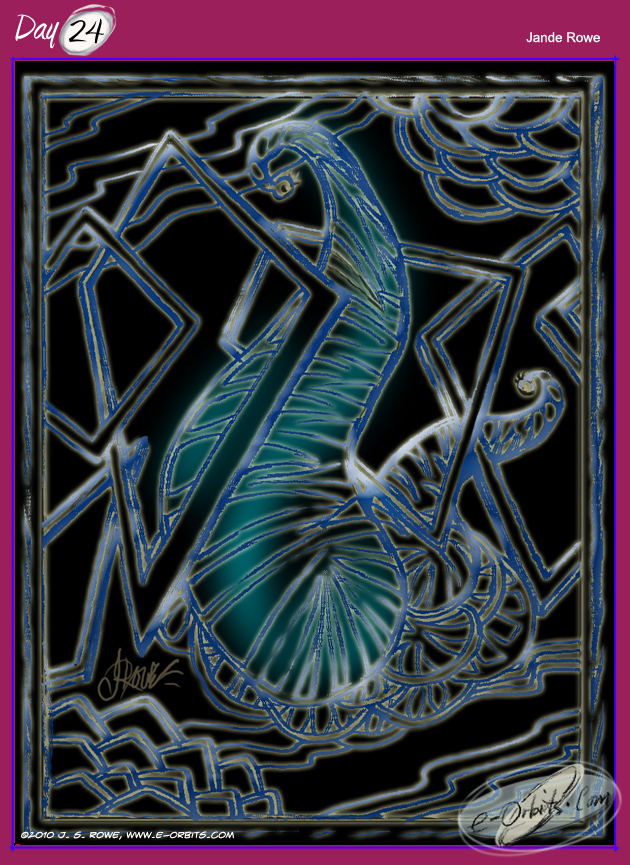
#24 Baron Bleebharan for Wheeler's Orbits by Jande Rowe
“Self-Portrait of a Failed Abstract Artist”
by Baron Bleebharan of the Outer Rim Artists Colony, circa 2420(GR)
Day # 24: A Balthrazhod: Baron Bleebharan.
The above self portrait of Baron Bleebharan, a Balthrazhod artist and framing specialist from the Outer Rim Artists Colony is said to be the only surviving work of his abstractionist art, though numerous of his maverick landscape works exist even today in the Bleebharan Museum of Natural Art. Below is an excerpt from the BalthrazWiki, sans citations:
“Semi-sentient beings settled a minor planet in the Outer Rim of the Galaxy millennia before the Earth was even a mote in Sol’s Corona. The original settlers were looking for a world of natural beauty so that they might have a bountiful place to begin their artists colony far from the censure of their fellow Balthrazhods. They settled in quite well as a matter of fact, painting up the local fauna and flora and displacing some thirty one thousand indigenous species not to mention enslaving two humanoid species ( the prongles and the fitchrils, both races that would have hunted each other to extinction had the Balthrazhods not taken a shine to their dexterity and their sensitivity to colour. The dexterity allowed them to do all the kinds of work the Balthrazhods eschewed, leaving the masters to devote all their time to their art; the colour sensitivity allowing even greater range and depth in each piece as the closer to perfection became the work, the more easily the fitchrils would succumb and faint away –rather like Earth canaries who, exposed to the gases emitted in coal mines would falter in their joyous singing and fall from their caged roosts for the betterment of coal miners everywhere).
As the eons of devotion to art progressed, so too did the Balthrazhods, both spiritually and artistically, however they tended to neglect their physical selves and over those same eons became somewhat turgid and slug-like. Those of the Balthrazhods who were able to harness their creativity tended to become more and more abstractionists in temperament, not to mention personally abstracted, to the point of changing their own forms to match their gastropod-like temperaments.
Those who failed artistically tended to become merchants. Of what, you ask? Oh, art supplies and framing, of course. But those of us here on Terra Firma would not recognize the difference between a Balthrazhod Art Supply Shop and a Balthrazhod Museum of Fine Art.
Baron Bleebharan was one of those failed Balthrazhod artists. Other Balthrazhods had passed judgement upon his works and would have, every one of them, given him the thumbs down if in fact they had anything resembling thumbs by this time. Still, a tentacle curled in contempt had the same effect on a fellow Balthrazhod as the leering thumbs down of an Earth man, secure in his beliefs in The Way Things Worked, had on artists of his own kind.
Baron Bleebharan’s own preference, nay passion, was landscape painting. He abhorred the traditional abstractions (they made him suffer from a vertigo similar to the effect they had on the fitchril slaves), preferring, himself, to capture nature in the raw. The Frilcar of the mountain sunsets, the verlact of the still abundant flora, the streevit sparkle of a marshland spring. These were the colours that moved his turgid juices until he could almost feel it within himself to actually move an inch or two under his own power.
He was filthy rich as most failed artists on the Rim world were, but he longed for the recognition of his more abstractionist peers. Since he couldn’t help himself, he continued to paint his little landscapes in the face of certain disdain all while he built up his framing business. His reputation as a kooky maverick brought the curious to his shop (where he even braved the inevitable censure by framing and hanging some of his own curiosities), who then were dazzled by his brilliance in his capacity as an expert and creative framer and when they left his shop they did so after giving the Baron their framing order.
At one point the King and Queen Balthrazhod visited his little shop and came away not only deeply moved (not by his landscapes, of course but by his framing techniques) but determined to provide him with some small reward of stature in the eyes of the world. They gave him a Franglaaesk of his own, a rich reward something along the lines of a Barony in our world. He was told it was a verdant land, filled with all the fauna and flora he could ever want to paint. But he never quite got moving enough to go and visit it. He did send his prongle slaves and they reported in the abstract as they had been trained, that it was a very nice piece of land, complete with an artist’s loft castle and a crystal falls.
As time moved inexorably on, Bleebharan’s yearning for the approbation of his peers finally turned sour. So sour in fact that he decided he’d had enough of the colony world and struck off into space to find perhaps some entities out there if not his own kind, at least maybe of kindred spirit. And so he had his slaves prepare his last will and testament, leaving all his worldly goods (those left behind) to a Museum of Natural Art, for which he also supplied the funds and the slaves. Then he had them build a ship and fill it with supplies and his favourites of his landscapes, as well as the tools of both his trades, and off he shot into space where he soon ran into a spot of trouble involving a pair of humanoid trade runners who refused to be slaves or artists, but were willing to trade goods and barter services on a fairly equal basis. At least he thought it was fairly equal. These “humans” intrigued the Baron Bleebharan and he found their energetic to-ings and fro-ings entertaining to say the least.
Meanwhile back on his home colony planet, his Museum of Natural Art became a huge success with the younger generations of Balthrazhods, starting a whole new movement in the colony much to the shock and disgust of the diehard older generations. The Baron had left his home to wander the wide universe looking for artists made in his own image (so to speak), and in his rush to start over left behind him the very ones he sought. There is a lesson in this tale, but I’d rather not bore you with proverbs –especially since the Baron Bleebharan got to meet and spend some time with Wheeler and Ikey of Wheeler’s Orbits. And that, of course, made the whole thing worth it after all.”
Enjoy!
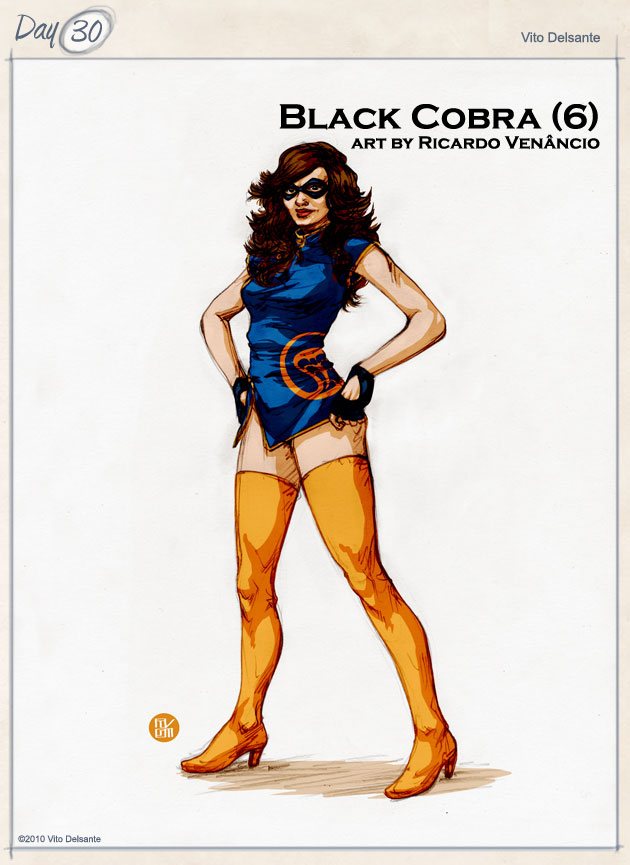

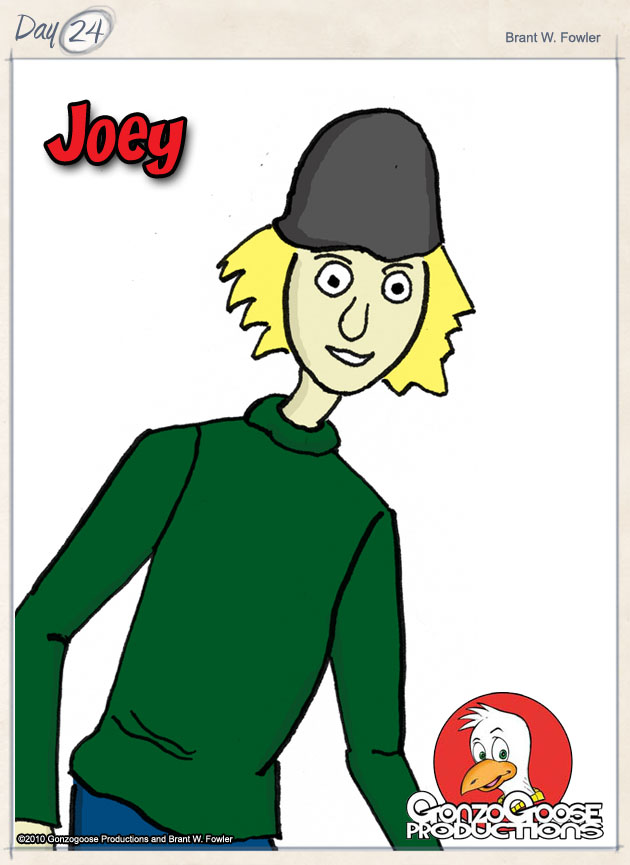


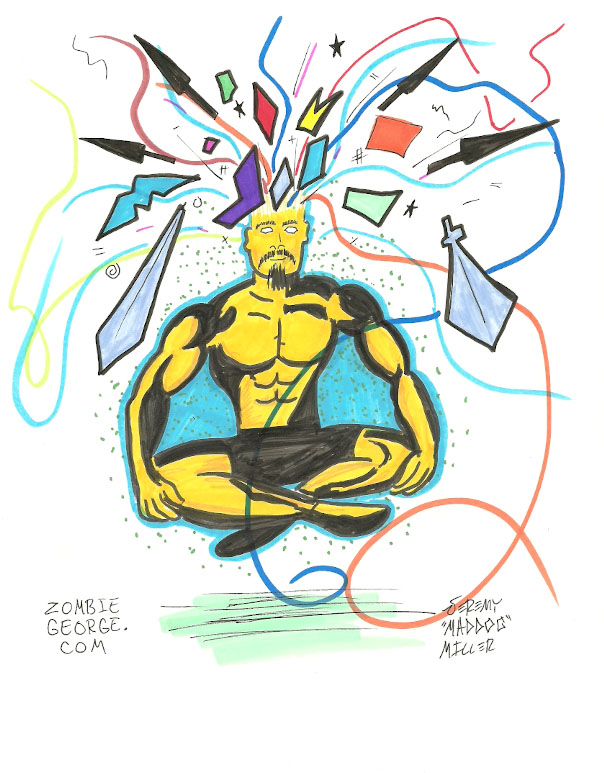
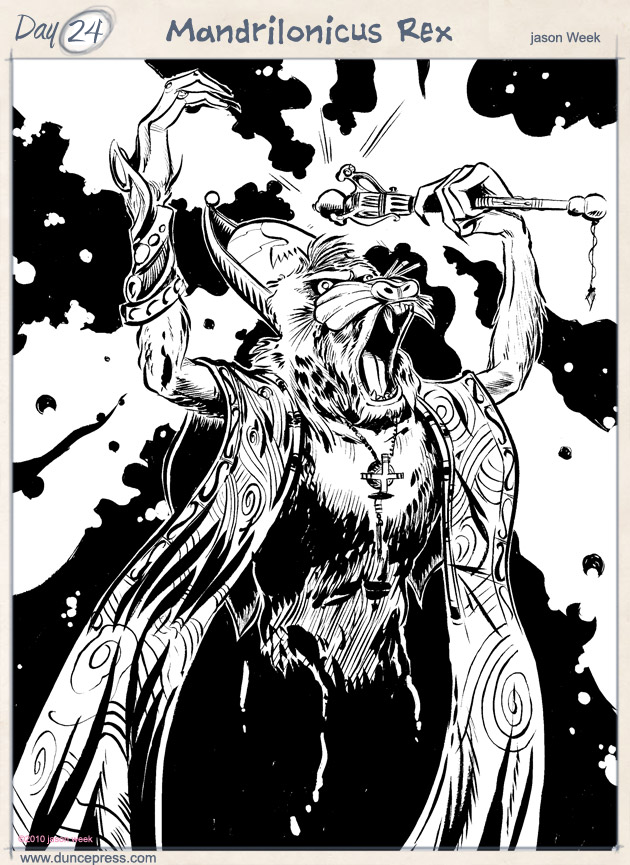


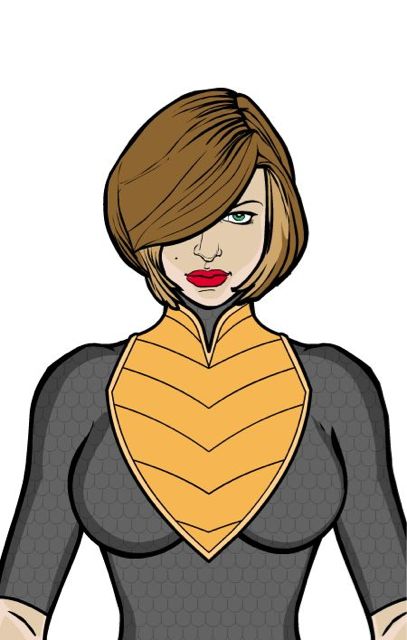
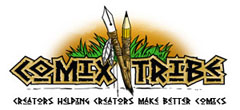





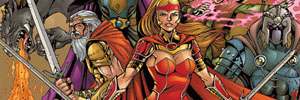

#30Characters Chatter…